
A sommelier is known for having extensive knowledge about wines, and how to complement the sensory experience of each type with perfect food pairings. Many train for years in hopes of finally becoming a Master Sommelier.
When embarking on a content marketing initiative, it’s important to know how to maximize the sensory experience of your content. A Master Content Marketing Sommelier knows what will best engage their customers, be it a complex, full-bodied blog post or a light, crisp infographic.
Demand Metric found that content marketing generates 3 times as many leads as traditional outbound marketing but costs 62% less. This means marketers have a ripe opportunity to create content that expertly meets the needs of their audience.
Below are 6 tips to help you become a sommelier of content marketing.
#1 – Balance: The level of harmony between acidity, tannins, fruit, oak, and other elements in a wine; a perceived quality that is more individual than scientific.

Content marketing can be a great tool for lead nurturing if implemented correctly. Successful content will harmoniously create value for your audience and move them toward a purchasing decision.
First and foremost, it is essential that your content offer useful and relevant information for your audience. If your message doesn’t help them solve their problem or meet a current need, they’ll move on to someone who does.
However, that does not mean there isn’t an opportunity to incorporate a call to action, where it makes sense. In fact, many marketers are leaving leads on the table by offering a piece of content without asking for contact information in exchange for the download.
Another often overlooked opportunity is adding calls to action within your blog post. This can be as simple as asking a question that helps your reader internalize the information and engage with your content by sharing their opinion. As long as you achieve balance between your promotional element and the value you add for the reader, you’ll create a pleasant experience.
#2 – Blend: The process whereby two or more grape varieties are combined after separate fermentation; common blends include Cotes de Rhone and red and white Bordeaux.
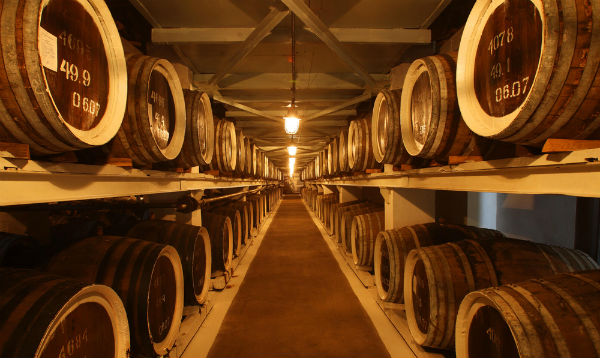
Content marketing should not be a stand-alone program within digital marketing. In order to truly be masterful, it must be combined with other digital marketing efforts such as:
- SEO
- Influencer Marketing
- Social Media
- Paid Search & Social Media Advertising
- Conversion Optimization
- Website Analytics
Just as a good blended wine combines the strengths of each vintage to enhance the flavor experience, a good marketing blend puts the different elements of marketing to work to amplify your message.
#3 – Legs: A term used to describe how wine sticks to the inside of a wineglass after drinking or swirling.
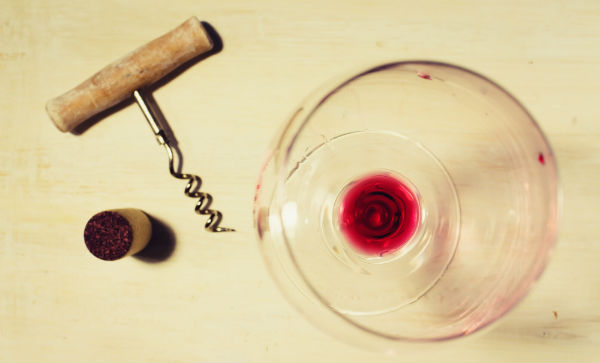
Even if your customers aren’t ready to buy right now, you want to remain top of mind when they are ready to make the leap. So the question is; how can you create stickiness with your content marketing?
One simple way is to create a consistent posting schedule. If you continue to offer relevant information and sound advice on a consistent basis, your customers will come back to you when they have another need.
#4- Table Wine: A term used to describe wines of between 10 and 14 percent alcohol; in Europe, table wines are those that are made outside of regulated regions or by unapproved methods.
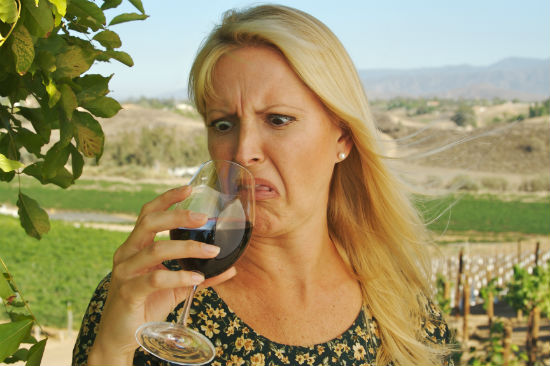
If you are an avid wine drinker (like myself) then you know that you’re typically better off skipping the table wine or house wine. It’s usually the cheaper option, but it’s definitely made for quantity rather than quality.
When it comes to your content marketing, you’re better off doing a few things very well, than trying to do too much and falling short. Prioritize your content marketing for impact and form an understanding of what you can handle in-house, what may need to be outsourced and what needs cut from your plan. A few high-quality pieces of content are more valuable in the long-run than high-quantity “table wine” content.
# 5 – Yield: The amount of grapes harvested in a particular year.
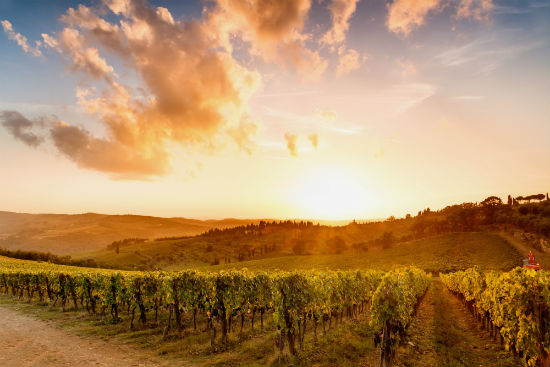
The vintner who fails to measure their vineyard’s yield and adjust their plans accordingly won’t be in business for long. If you don’t measure the yield of your content marketing, it will be difficult to see how it is performing and what you can do better. As with any sales or marketing program, you must:
- Determine your critical measurements based on business goals
- Define both short and long-term goals
- Tie performance back to leads and sales metrics
There is no replacement for content marketing measurement and it should always remain top of mind when deploying new tactics. For each piece of content you create, make sure to ask yourself: Does this align with my objectives, and what do I hope to achieve?
#6 – Pruning: The annual vineyard chore of trimming back plants from the previous harvest.
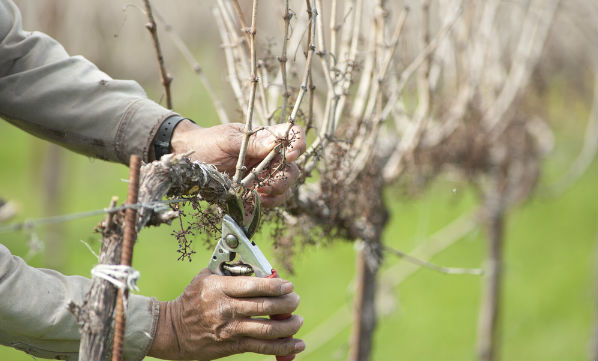
Vintners prune their plants to enable them to grow and thrive. Once you’ve given your content marketing time to mature, it’s time to go back and decide where to “prune” your program. You may find that your audience responds really well to long-form blog content but does not care much for video, for example.
Take the time to find which tactics are performing the best and weed out those that are not effective. A little strategic pruning can make sure that you focus on creating the content that resonates most with your audience.
Pour Yourself a Nice Crisp Glass of Content Marketing
Understanding what makes a successful content marketing strategy can be as tricky as mastering the appreciation of fine wine. Both take practice, dedication and attention to detail. What have you found is your biggest challenge in creating successful content marketing that inspires action?
All definitions are courtesy of WineEnthusiast
Photos via Shutterstock: First, Second, Third, Fourth, Fifth, Sixth, Seventh


